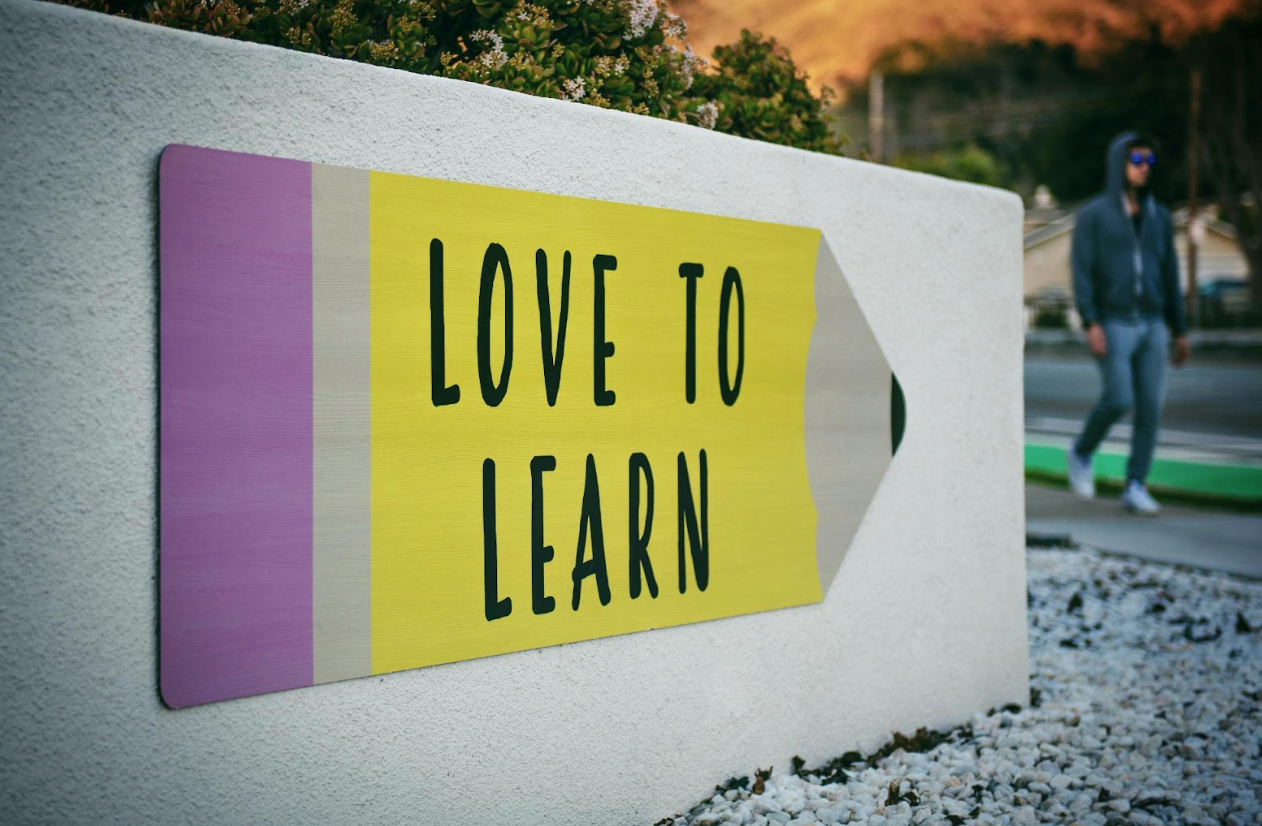 Education systems around the world are recognizing the value of integrating culturally relevant pedagogy into their curriculum development. This teaching approach not only respects the diverse backgrounds of all students but also enhances engagement and learning outcomes. By incorporating practices and content that resonate with the students’ own experiences, educators can create an inclusive and supportive learning environment. This article explores how culturally relevant pedagogy can be effectively woven into the fabric of educational curricula, ensuring that all students feel seen and valued. Stay with us as we delve into the significance, strategies, and impact of this vital educational approach.
Education systems around the world are recognizing the value of integrating culturally relevant pedagogy into their curriculum development. This teaching approach not only respects the diverse backgrounds of all students but also enhances engagement and learning outcomes. By incorporating practices and content that resonate with the students’ own experiences, educators can create an inclusive and supportive learning environment. This article explores how culturally relevant pedagogy can be effectively woven into the fabric of educational curricula, ensuring that all students feel seen and valued. Stay with us as we delve into the significance, strategies, and impact of this vital educational approach.
Understanding Culturally Relevant Pedagogy and Its Importance in Education

Culturally relevant pedagogy is more than a buzzword in educational circles; it is a vital framework that addresses the disparities often seen in traditional education. Recognizing that students come from diverse backgrounds, this approach explicitly acknowledges and utilizes students’ culture as a vehicle for learning. Culturally relevant pedagogy encompasses a student-centered ethos, which fosters a learning environment where students’ cultural references are not only understood but celebrated.
Adopting this pedagogy goes beyond just including diverse literature or celebrating heritage months; it involves critical reflection by educators on their own biases and teaching practices. The aim is to empower students intellectually, socially, and emotionally, affirming their cultural identities while also building cross-cultural connections. This relevant and responsive teaching helps close achievement gaps and nurtures a sense of belonging and engagement in the classroom.
Teachers who pursue a masters in curriculum and instruction often encounter the philosophy of culturally relevant pedagogy in their studies. This advanced knowledge is becoming increasingly crucial in curriculum development, as educators strive to align their teaching with the pluralistic societies of today. The goal is to confidently deliver content that is both academically challenging and personally engaging for students from all walks of life.
Strategies to Incorporate Cultural Relevance in Lesson Planning and Course Design
Incorporating cultural relevance into lesson planning begins with inclusive content selection. Educators must thoughtfully choose materials and examples that reflect the diverse backgrounds and experiences of their students. This deliberate inclusion can manifest in a range of formats, from texts featuring authors of various ethnicities to case studies addressing global perspectives.
Interactive pedagogical strategies also play a pivotal role in embedding cultural relevance. Teachers should facilitate discussions that honor and explore the array of cultures represented in the classroom. Cooperative learning strategies that encourage peer interaction and knowledge sharing can enrich the learning experience, allowing students to learn from one another’s unique cultural viewpoints.
Integration of culturally responsive assessment methods is another key strategy. Traditional assessment may not always capture the breadth of a student’s understanding, particularly if cultural bias is present. By diversifying assessment methods and allowing for different forms of expression, educators can get a more accurate picture of student comprehension and ability.
Challenges and Solutions in Implementing Culturally Relevant Pedagogy
Despite its benefits, integrating culturally relevant pedagogy presents challenges. A significant hurdle is the lack of resources and training available to educators. Many teachers are interested in adopting these practices but are uncertain where to start or lack the materials to do so effectively. Investing in professional development and building a repository of culturally diverse teaching resources can address this issue.
Another challenge is resistance from various stakeholders who may not understand the importance of culturally relevant pedagogy. Addressing this resistance involves ongoing dialogue and education about the benefits of this approach. By demonstrating the positive impact on student engagement and achievement, educators can garner support for these teaching methods.
Evaluating the Impact of Culturally Relevant Teaching on Student Outcomes
Evaluating the impact of culturally relevant teaching is essential to validate its effectiveness and to make informed improvements. One way to gauge impact is through qualitative assessments, such as student reflections and narratives. These can provide insight into how students perceive the inclusivity of their curriculum and its relevance to their lives.
Quantitative data, such as standardized test scores and graduation rates, can also offer evidence of the effectiveness of culturally relevant pedagogy. Disparities in achievement can shrink when students see themselves reflected in their studies, often leading to improved academic performance. Educators can track these metrics over time to demonstrate the tangible benefits of culturally responsive teaching.
Overall, culturally relevant pedagogy is a powerful tool for transforming education into an equitable and engaging experience for all students. Proper implementation demands commitment and creativity from educators, but the benefits for student achievement and social equity are profound. As demographics continue to evolve, educators must evolve with them, ensuring that every student has the opportunity to see their culture valued and their potential fully realized within their educational journey.
